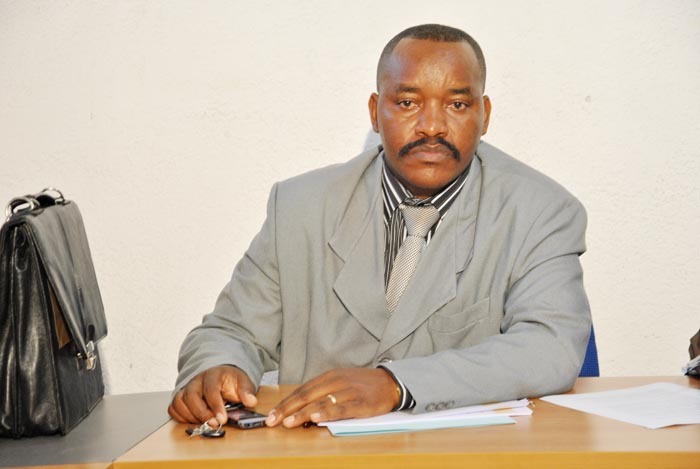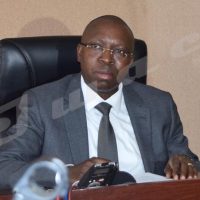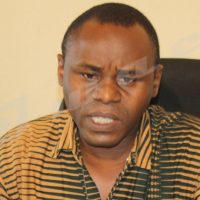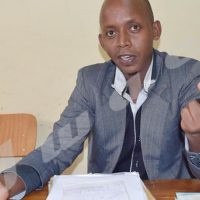Burundi has joined Rwanda and Tanzania in ratifying the East African Community Monetary Union Protocol. The Protocol aims to harmonize monetary and fiscal policies and establish a common central bank for the East African Community. It is thought that a monetary union, with the absence of currency risk, provides a greater incentive for trade.-By Yves Didier Irakoze
The protocol is like a roadmap that will lead to the adoption of the Monetary Union. By ratifying the Protocol, Burundi commits to implementing the activities on the agenda. Some people fear that adjusting to a single monetary and exchange rate policy will proof impossible for Burundi, as it will struggle to meet the benchmarks agreed upon in the protocol. Audace Niyonzima, Director of Research and Statistics in the Burundi Central Bank and chief negotiator during the Protocol negotiations, ensures people that ratification doesn’t mean that Burundi will join the Monetary Union. “There is no risk. Preparations have started, but we’ll evaluate at the time of realization of the Union.”
The first step towards realizing the Monetary Union is harmonizing the currency rate; fixing the exchange rate against the currency of other countries to facilitate the conversion of the Burundian franc into the unique currency for the East African Community.
Niyonzima trusts that Burundi will benefit from the union, but emphasizes the importance of hard work “because we will enter an open system of competition”. There are macro-economic stabilization mechanisms in place to support countries failing to live up to the economic agreements. But, as the bank director days: “Each country is responsible for its own policies. We must prepare ourselves and implement the entire package to maximize the potential benefits. If we fail, we will lose out financially.”
There are various committees to prepare the monetary union. The technical committee will be in charge of the currency rate and the sector committee will follow up on the budget policy, the capital market, and the statistics. These committees will submit their report to the coordination committee consisting of Governors of the Central Banks of each member state who will pass it on to the Ministers of Finance. Eventually, the outcomes will be discussed at the summit of the EAC Heads of States, in April 2015.



















 IWACU Open Data
IWACU Open Data

